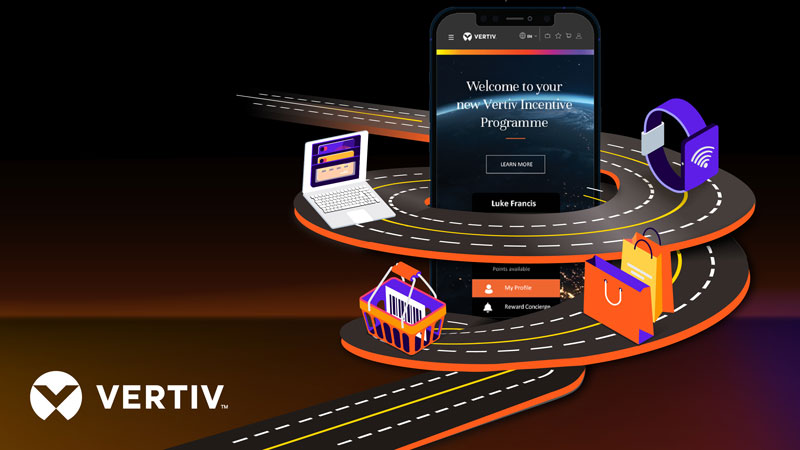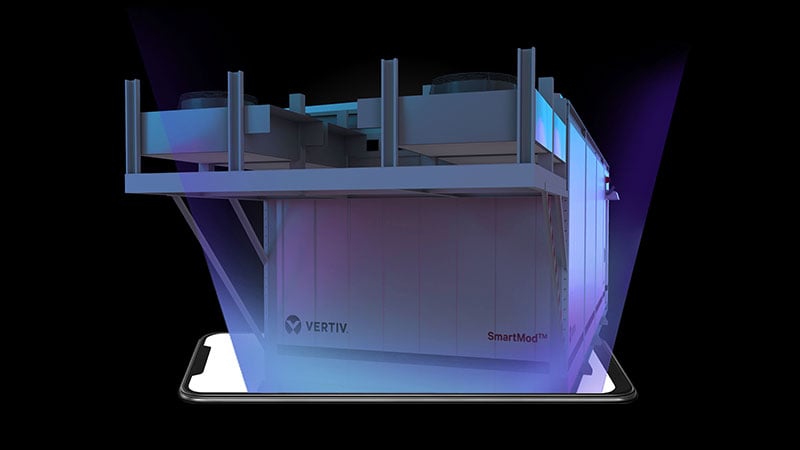Much has changed in the past two years, including how businesses buy products and services in the IT channel market.
The rapid increase in demand for buying goods and services online has also affected the data centre industry and how it sells and markets via distributors and resellers.
Face to face time with customers is being increasingly reduced, as customers rely more on self-service digital tools than on sales support.
According to Gartner, B2B buyers spend only 17% of the total purchase journey with sales reps. Because the average deal involves multiple suppliers, a sales rep gets roughly 5% of a customer’s total purchase time. And 44% of millennials prefer no sales rep interaction at all in B2B purchases.
If your buyers have gone digital, what does this mean for the data centre industry and the digitisation of its indirect sales channel via partner companies? How should it blend traditional in-person sales and marketing with digital marketing? How might artificial intelligence (AI), edge computing infrastructure and the metaverse change and improve the channel market? Is the future of B2B e-commerce, virtual and immersive?
These are matters that Vertiv is giving much thought to as it enhances its partner program for channel partners.
The expanded Vertiv Incentive Program (VIP) includes a dedicated reward store for resellers to purchase items ranging from the latest electronics and high street gift cards to once in a lifetime experiences. VIP+ Partners can also access an exclusive concierge service that enables them to shop for special items.
Vertiv has also committed to rewarding resellers more than ever by creating five different incentive schemes: the Start Bonus Incentive, Everyday Sales Incentive, Cross Sell Incentive, Purchase Frequency Incentive and Spotlight Incentive – with an increased number of points awarded on a monthly basis.
The future of the IT distribution channel was also one of the main topics discussed at the Canalys Forums EMEA event − the largest independent pan-region event for channel partners, distributors, and senior vendor management − held in Barcelona, in October.
Digital Shift
Panellists in the conference group discussion (“Into the Partnerverse”) included executives from IT research, IT services and consultancies, and Vertiv’s Brent Owens, Director Sales and Partner Enablement for Europe, Middle East and Africa (EMEA).
As Alastair Edwards, Chief Analyst, at Canalys, said when introducing the panel discussion, the last two years have been “exceptionally challenging” for how companies in the data centre industry engage with customers and do marketing.
Panellists agreed that although there had been a major increase in digital marketing and online sales during the pandemic, there had also been a return to more traditional, in-person sales and marketing activities.
Some of the panellists said that the majority of marketing in the channel will stay digital. For more complex products and services, marketing and sales will be a hybrid of face-to-face and digital interactions, panellists also said.
Other panellists predicted that sales and marketing would also shift from products to services. “…In the future the pre-sales will be someone from services instead of someone from product,” said Richard Ramos, General Manager, France, Insight, an IT services and consulting company.
Hybrid Marketing and Sales
Owens agreed that companies would need to use a blended approach to best serve customers. “Pandora’s box is opened and it’s accelerating digital sales and marketing”.
A complex deal may take months to complete, he said. Vertiv is continuously enhancing its sales tools to make it easier for partners to manage projects with increasing complexity, he added.
Vertiv has developed a digital tool (Vertiv™ XR App) to explore Vertiv products in 3D using augmented reality.
Vertiv XR app allows for a virtual experience in the user’s own environment where they can explore cutting-edge critical infrastructure in 3D and at actual size. The user is free to open products and visualise features and details that would otherwise be invisible to the naked eye, then easily send the same experience to someone in another country via a QR code.
“We want to be at the forefront of disrupting how things are done,” said Owens.
Augmented Reality
Karl Hausdorf, Head of Customer Experience, Data and Consultative Sales at Fujitsu, said it was also experimenting with advanced technologies to improve its marketing and sales.
Fujitsu has created a “customer experience” laboratory, which uses augmented reality and other immersive technologies to show how digitisation can affect manufacturing and other industries, he said.
“The beauty of this technology and approach is that you sit down with really digital people, like dev ops people from Tel Aviv, telling you how Web 3.0 will change and how the metaverse will be and the vision behind it,” he said.
Data centre companies and their channel partners can also use digital technologies to attract the brightest young employees, said Suzette Oskam, Vice President, GTM Practices, at NTT, an IT services company.
“Look at the digital nomads or the digital people coming into the workforce. They learn different. They need gamification, augmented reality. Seeing the solution in the metaverse will help. They want to be challenged in how to learn.”
However, some of the old principles of sales and marketing still apply, panellists said. The IT industry and its distribution channel must be a trusted adviser to its customers, including having the confidence to tell customers things that they initially might not want to hear, panellists said.
“We need to be tough and tell customers what’s best for them. I think the trusted adviser role is more important [now],” says Göran Gustavsson, Chief Operating Officer at Advania, a Swedish IT product and IT services company.
The conference discussion confirmed that recent technological changes don’t foreshadow the eventual demise of the sales rep. But they do signal that major changes will be needed to how the industry sells.
Vertiv is already well advanced in its investment in their resellers, as reflected, for example, in recent improvements to the incentive program, partner portal and PRM. And that puts them squarely where they want to be – at the forefront of the “Partnerverse”.





